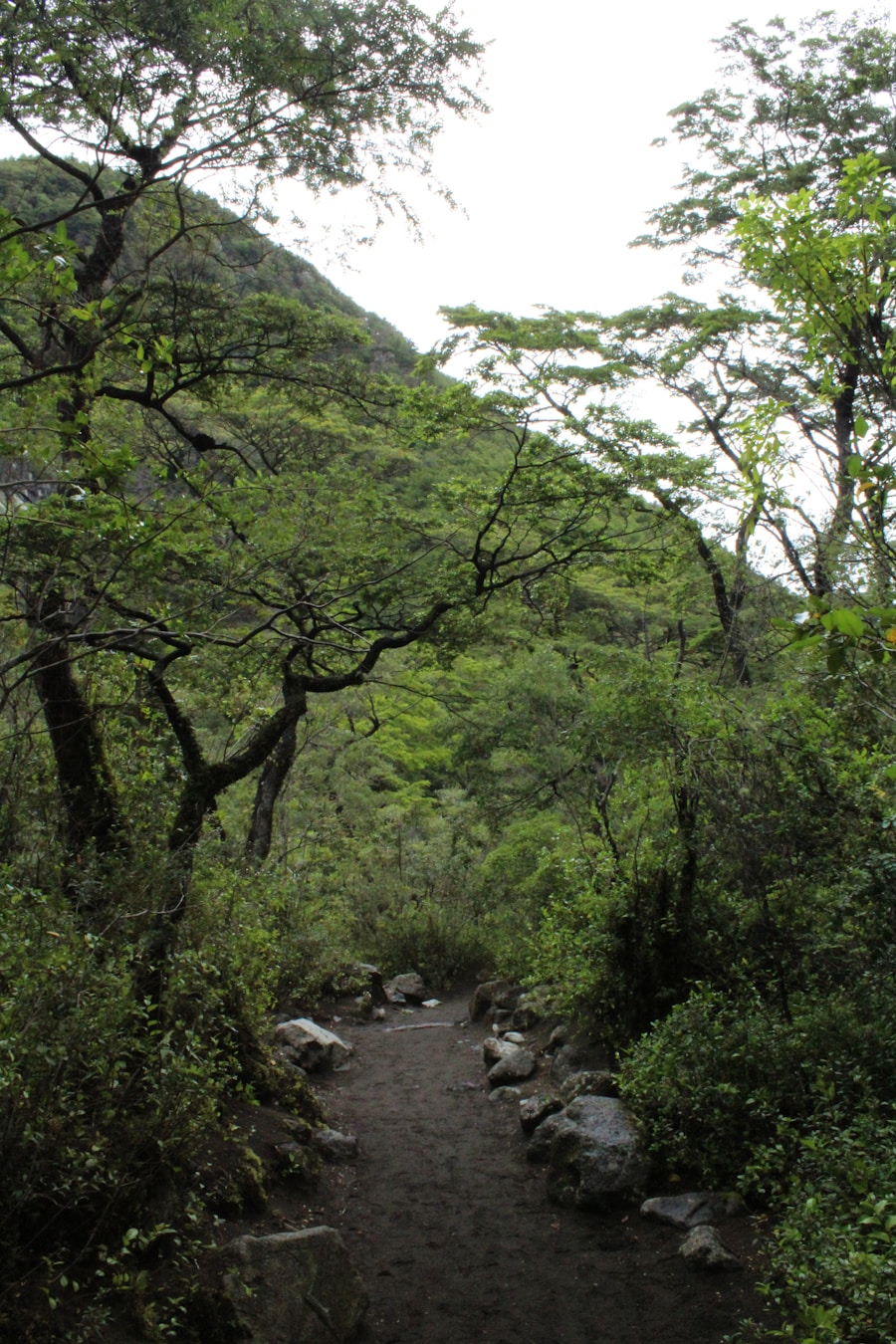Sanibel Island, a gem nestled in the Gulf of Mexico, is renowned for its stunning natural beauty and unique charm. Located just off the southwestern coast of Florida, this barrier island is part of Lee County and is connected to the mainland by a causeway. Sanibel is celebrated for its pristine beaches, lush landscapes, and a commitment to preserving its natural environment.
The island’s distinctive east-west orientation allows for breathtaking sunsets that draw visitors from all over the world. With a population of around 6,500 residents, Sanibel maintains a small-town feel, making it an ideal destination for those seeking relaxation and a connection with nature. The island’s history is rich and varied, with roots that trace back to the Calusa Indians who inhabited the area long before European settlers arrived.
Today, Sanibel is known for its conservation efforts, particularly in protecting its wildlife and natural habitats. The J.N. “Ding” Darling National Wildlife Refuge, a significant portion of the island, serves as a sanctuary for countless species of birds and other wildlife.
This commitment to environmental preservation has earned Sanibel a reputation as one of the best eco-tourism destinations in the United States. Visitors are drawn not only to its beautiful beaches but also to its vibrant ecosystems, making it a unique blend of leisure and adventure.
Key Takeaways
- Sanibel Island is a barrier island off the southwest coast of Florida, known for its beautiful beaches, wildlife refuges, and shell-filled shores.
- The weather on Sanibel Island is warm and tropical year-round, with average temperatures ranging from 70°F to 90°F.
- The peak season to visit Sanibel Island is from December to April, when the weather is dry and comfortable, and the island hosts various events and festivals.
- The off-season, from May to November, offers lower accommodation rates and fewer crowds, making it a great time to visit for budget travelers and those seeking a quieter experience.
- Sanibel Island hosts various events and festivals throughout the year, including the Sanibel Shell Fair and Show, the Island Jazz Festival, and the Sanibel-Captiva Conservation Foundation’s “Ding” Darling Days.
Weather and Climate on Sanibel Island
Sanibel Island enjoys a tropical climate characterized by warm temperatures and abundant sunshine throughout the year. The island experiences two primary seasons: a wet season from May to October and a dry season from November to April. During the wet season, temperatures can soar into the high 80s and low 90s Fahrenheit, accompanied by high humidity levels.
Afternoon thunderstorms are common during this time, providing brief but intense rainfall that cools the air temporarily. Despite the rain, many visitors find that the lush greenery and vibrant flora during this season enhance the island’s beauty. In contrast, the dry season offers milder temperatures, typically ranging from the mid-70s to low 80s Fahrenheit.
This period is marked by lower humidity and minimal rainfall, making it an ideal time for outdoor activities and beach outings. The pleasant weather attracts tourists seeking to escape colder climates, resulting in a bustling atmosphere on the island. The consistent warmth and sunshine create perfect conditions for exploring Sanibel’s natural wonders, whether it’s lounging on the beach or embarking on a wildlife viewing expedition.
Peak Season: Best Time to Visit Sanibel Island

The peak season for visiting Sanibel Island generally spans from mid-December through April. During these months, travelers flock to the island to enjoy its idyllic weather and vibrant atmosphere. The holiday season brings an influx of visitors looking to escape winter’s chill, while spring break attracts families seeking sun-soaked vacations.
Accommodations can fill up quickly during this time, so early planning is essential for those wishing to secure their preferred lodging options. Visiting during peak season offers numerous advantages, including access to a wide range of activities and events. Many local businesses operate at full capacity, providing visitors with ample dining options and recreational opportunities.
The island’s beaches are lively with families building sandcastles, couples strolling along the shore, and nature enthusiasts exploring the abundant wildlife. Additionally, various festivals and events take place during this time, showcasing local culture and community spirit. However, travelers should be prepared for higher prices on accommodations and attractions due to increased demand.
Off-Season: Best Time to Visit Sanibel Island
| Month | Average Temperature (F) | Average Precipitation (in) | Crowd Level |
|---|---|---|---|
| May | 83 | 2.5 | Low |
| June | 86 | 8.0 | Low |
| September | 88 | 7.0 | Low |
| October | 85 | 3.5 | Low |
The off-season on Sanibel Island typically runs from May through November, with the summer months being particularly quiet as many families return home after spring break. While this period may not attract as many tourists, it offers unique advantages for those willing to visit during these months. One of the most significant benefits is the reduced cost of accommodations and activities.
Many hotels and rental properties offer discounts or special deals to entice visitors during this slower time. Moreover, visiting during the off-season allows for a more intimate experience with nature. The beaches are less crowded, providing ample space for relaxation and exploration.
Wildlife enthusiasts will find that many species are more active during this time, as they take advantage of the warmer weather. Birdwatchers can observe migratory patterns and nesting behaviors that may not be as visible during peak season. Additionally, summer evenings often bring stunning sunsets that can be enjoyed without the hustle and bustle of larger crowds.
Events and Festivals on Sanibel Island
Sanibel Island hosts a variety of events and festivals throughout the year that celebrate its rich culture and community spirit. One of the most anticipated events is the Sanibel Island Shell Festival, held annually in March. This festival attracts shell enthusiasts from all over who come to admire unique shell displays, participate in shell-related activities, and learn about marine life through educational programs.
The festival also features local artisans showcasing their crafts, live music, and delicious food vendors offering a taste of local cuisine. Another notable event is the Sanibel Music Festival, which takes place in March as well. This festival features an array of performances by talented musicians from various genres, including classical, jazz, and contemporary music.
Concerts are held in intimate venues across the island, allowing attendees to enjoy world-class performances in a relaxed setting. These events not only provide entertainment but also foster a sense of community among residents and visitors alike.
Wildlife Viewing on Sanibel Island

Exploring the J.N. “Ding” Darling National Wildlife Refuge
The J.N. “Ding” Darling National Wildlife Refuge is a must-visit destination for anyone interested in spotting native species. Spanning over 6,400 acres, this refuge is home to more than 245 species of birds, including herons, egrets, pelicans, and ospreys. Visitors can explore various trails and observation points to immerse themselves in the beauty of Florida’s ecosystems while spotting these magnificent creatures.
Marine Life and Water Activities
Sanibel’s waters are teeming with marine life, making it an ideal destination for kayaking and paddleboarding excursions.
Manatees can often be spotted gliding gracefully through the waters surrounding the island, while dolphins frequently playfully swim alongside boats.Shelling and Conservation
For those interested in shelling, one of Sanibel’s most popular activities, exploring the beaches at low tide can reveal an array of shells left behind by marine life. The island’s commitment to conservation ensures that these habitats remain protected for future generations to enjoy.
Outdoor Activities on Sanibel Island
Outdoor enthusiasts will find an abundance of activities to engage in while visiting Sanibel Island. The island’s extensive network of bike paths provides an excellent opportunity for exploration on two wheels. Renting bicycles allows visitors to traverse scenic routes that wind through lush landscapes and along picturesque coastlines.
Biking is not only an enjoyable way to see the island but also promotes eco-friendly travel. For those seeking adventure on the water, kayaking and paddleboarding are popular options that allow visitors to explore mangroves and estuaries up close. Guided tours are available for those who prefer expert insight into the local ecosystems while navigating through serene waterways teeming with wildlife.
Fishing is another favored pastime on Sanibel; whether from shore or on a chartered boat excursion, anglers can expect to catch various species such as snook, tarpon, and redfish.
Tips for Visiting Sanibel Island
When planning a trip to Sanibel Island, several tips can enhance your experience and ensure a smooth visit. First and foremost, consider making reservations well in advance if you plan to visit during peak season; accommodations can fill up quickly due to high demand. Additionally, familiarize yourself with local regulations regarding shelling—Sanibel has specific guidelines in place to protect its natural resources while allowing visitors to enjoy this beloved activity.
Pack appropriately for your visit by bringing sunscreen, insect repellent, and comfortable clothing suitable for outdoor activities. Lightweight fabrics are ideal for staying cool in the warm climate while exploring beaches or hiking trails. If you plan on biking or engaging in water sports, consider bringing your gear or renting equipment locally for convenience.
Lastly, take time to immerse yourself in the local culture by dining at family-owned restaurants or participating in community events during your stay. Engaging with residents can provide valuable insights into hidden gems on the island that may not be found in guidebooks. By following these tips and embracing all that Sanibel Island has to offer, visitors can create lasting memories in this enchanting destination.
When planning the best time to travel to Sanibel Island, it’s important to consider the weather and peak tourist seasons. According to a recent article on rechargeable hand warmers for travel, the winter months are a popular time to visit Sanibel Island due to the mild temperatures and lower humidity. Additionally, having a portable WiFi hotspot for international travel, as mentioned in another article on portable WiFi hotspot for international travel, can be a useful tool for staying connected while exploring this beautiful destination.
FAQs
What is the best time to travel to Sanibel Island?
The best time to travel to Sanibel Island is during the winter months, from December to April, when the weather is mild and dry.
What is the weather like in Sanibel Island during the best time to travel?
During the best time to travel to Sanibel Island, the weather is typically warm and sunny, with temperatures ranging from the 70s to 80s Fahrenheit.
Are there any specific events or festivals during the best time to travel to Sanibel Island?
During the best time to travel to Sanibel Island, visitors can enjoy events such as the Sanibel Shell Festival in March and the Sanibel-Captiva Lions Club Arts and Crafts Fair in February.
What are the popular activities to do in Sanibel Island during the best time to travel?
Popular activities to do in Sanibel Island during the best time to travel include shelling on the beaches, birdwatching at the J.N. “Ding” Darling National Wildlife Refuge, and biking along the island’s scenic trails.
Are there any travel tips for visiting Sanibel Island during the best time to travel?
It is recommended to book accommodations and activities in advance, as Sanibel Island can be quite popular during the best time to travel. Additionally, packing sunscreen, insect repellent, and lightweight clothing is advisable.
